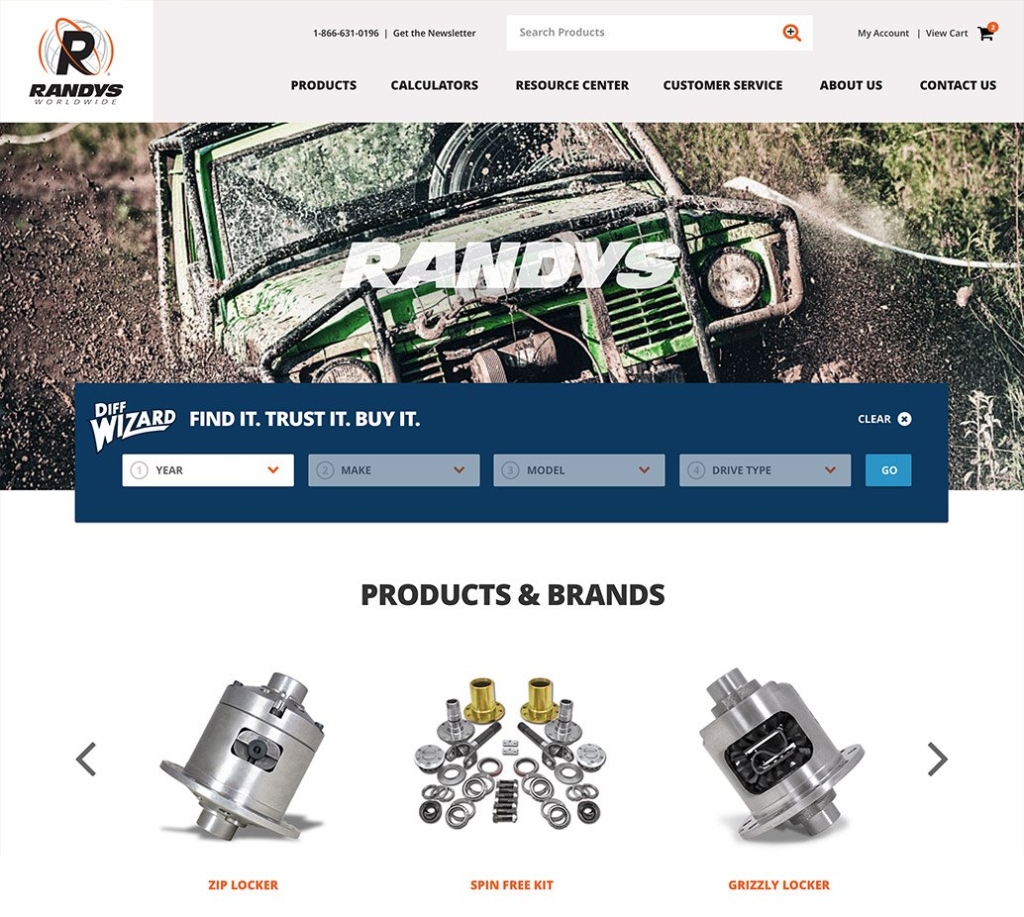Article
UI/UX Principle #15: Home(Pages) – Convincing Users to Come Inside

Imagine you’re buying a home…
You’re on a bustling neighborhood street reminiscent of Pleasantville, where everything’s copacetic. The street is crowded with homes for sale. Many of them look alike and showcase the same features. In front of each home is a small yard sign reading either “FOR SALE” or “SOLD.” At first glance, it’s hard to tell the homes apart, but then you start noticing why some homes have already been sold and why others are having a more difficult time gaining market traction.
Within 5 seconds, you’re sold on some of the homes’ aesthetics. They have both curb appeal and a clean exterior – architectural simplicity paired with tasteful features that work together elegantly. No real estate agent needs to convince you to come inside – you feel drawn in for a tour, as if by some invisible magnetic force.
The less-frequented homes stand in stark contrast. For much longer than 5 seconds, you stare in confusion, pondering what unique value they have. The most peculiar homes, populated by an eccentric visitor or two, have an architectural scheme that is wildly unfamiliar; different than anything you’ve ever seen, probably influenced by a fad of some kind. Innovative, yes, but so strayed from convention that it’s hard to be sold on stepping inside. The shoddiest homes have an exterior paint job that sheds onto the ground. The interiors of these homes, it stands to reason, will be equally off-putting.
It’s no wonder why certain homes have sold and have so much more foot traffic. They’re clean – architecturally simple and straightforward with awesome street cred. Due to their immaculate presentation, they are more trustworthy and the quality inside is assumed.
Enter the Internet
Enter the Internet, a bustling neighborhood of websites vying for your attention. According to estimates, this “neighborhood” has nearly 1 billion websites, each with its own homepage. In each individual market, certain websites stand out and others fade quickly into obscurity. And one of the differentiating factors that determines this is the holistic quality of the homepage – the starting point on a potential journey that users have through your website experience, into your product, and along the path to conversion.
Take Your Homepage Seriously
Jakob Nielsen calls the homepage “the most valuable real estate in the world.” The homepage is “your company’s face,” and it’s essential that it inspires visitors to stick around and tour the rest of your site.
For content heavy SEO driven sites, we know the home page isn’t the only entry point for all of your traffic, but for most websites, it is the most visited page – the gateway to your experience. Bottom line, it needs to be taken very seriously.
Many homepages are cluttered with poor images, bad copy, confusing navigation, competing call to actions, and imbalanced layouts that confuse visitors. On the contrary, a balanced layout, simple navigation, reinforcing story-based copy, relevant and clean images, and well-defined calls to action help visitors make the decision to explore your site. The information architecture and story weaved throughout guides them, establishing trust, encouraging engagement, and inviting them to explore more. It’s the familiar starting point that can be revisited if they’re lost.
The catch? You only have a few seconds to capture their attention. Craig Tomlin, in a post titled “5 Second Test,” states that your website, in less than 5 seconds, needs to communicate who you are, what your product is, and why site visitors should care about it. Like the exterior facade of a home for sale, a website homepage needs to invite users to come inside for a tour.
Make Your Homepage Clear
Usability expert Steve Krug explores the importance of using the homepage to establish, with absolute clarity, what the site is. In Don’t Make Me Think, Revisited he states “Whenever someone hands me a homepage design to look at, there’s one thing I can almost always count on: They haven’t made it clear enough what the site is. As quickly and clearly as possible, the homepage needs to answer the four questions I have in my head when I enter a new site for the first time: What is this? What can I do here? What do they have here? Why should I be here – and not somewhere else? I need to be able to answer those questions at a glance, directly and unambiguously, with very little effort.”
Remember the 5 second rule? Within a few split seconds, your website needs to communicate answers to important questions that will be buzzing in your users’ heads.
Due to the variety of markets represented on the Internet, and the larger variety of websites that represent individual businesses within those markets, it’s difficult to develop universal rules about what makes a good homepage because every experience targets different users; however, unless your brand is universally familiar, it is imperative to make clear what the site is and what benefits you have to offer. What makes your “home” more appealing than the next home in the crowded neighborhood that is the Internet? How can you ensure that visitors stick around for the rest of the tour?
While design conventions can be both innovative and functional, the same ones don’t work for all homepages. The central task is to design an experience that will help accomplish your user’s objectives and your objectives.
Deliver High-End Aesthetics
Much like the concept of “curb appeal” in real estate, high-end aesthetics in web design really matter. Top-quality images, interactive content, and engaging videos draw more interest. All of these things need to come together to deliver a deluxe experience to users.
Efficiency and functionality are crucial – if you’re selling your house and the steps leading to the front door are broke, you fix them. The same goes for homepage design. All of the component parts – navigation, hierarchy, clear copy, and clean layout – need to operate harmoniously. But emotional impact matters a great deal as well. The paint job needs to be perfect. The molding and trim around the door frames need to be freshly lacquered. To put it simply, a credible design matters a lot.
The Stanford Web Credibility Project is a research group that investigates research questions, exploring what they call “persuasive technology.” One of the key components of digital persuasion, they argue, is credibility. B.J. Fogg, founder of the Stanford Persuasive Technology Lab and Director of the Stanford Web Credibility Project, states “The truth of the matter [ . . . ] is that people do judge a Web site by how it looks. That’s the first test of the Web site. And if it doesn’t look credible or it doesn’t look like what they expect it to be, they go elsewhere. It doesn’t get a second test. And it’s not so different from other things in life. It’s the way we judge automobiles and politicians.”
Fogg forgot to mention houses along with cars and congressmen, but real estate falls under the same category as those “other things in life” to which digital products can be compared. Like anything, one of our first impressions of something – a key factor in determining its credibility – is the way it looks. Homepages must have curb appeal. Even with all the practical functionality and usability in the world, users will judge your site in large part based on the way it looks. Aesthetics are a key component of usability and aren’t always viewed that way.
Home Selling 101: Make it Work Well, Feel Good, and Look Amazing
We need to think deeply and strategically about what our desired experience is, what it offers, who our users are, and what goals they have. After developing answers to these key points – answers that are justified by thorough research – we can begin putting together a design strategy to create a compelling homepage that will bring users into your experience for a more thorough look. It’s a combination of usability and aesthetics.
Creating a homepage that stands out in the orderly, harmonious Pleasantville neighborhood, you have to strike this basic balance. Pulling it off with functionality and flair will ensure that your users complete the tour.
UX is a field concerned with solving design problems – it’s centered on conceptual innovation. Our solutions must deliver efficiency. But by employing design thinking – aesthetic innovation + conceptual innovation – we can focus on creating high-end homepage experiences that deliver both efficiency and emotional impact. And amidst the crowded and bustling neighborhood that is the Internet, you can create a homepage that draws in your target audience, convinces them to stick around, and builds trust that leads to conversion.









